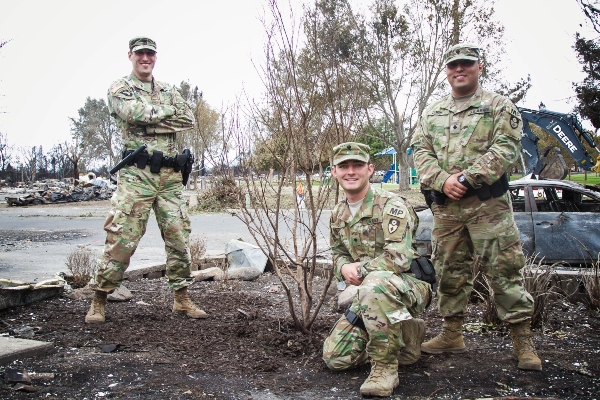The National Guard acts as a reserve component for the U.S. Armed Forces.
Since it is a reserve military force, members of the National Guard have civilian jobs while also serving part-time in the military.
Therefore, the balance between having a traditional and professional military appearance is important yet not as well explained compared to other branches of the military.
The National Guard is aligned primarily with the U.S. Army, which is why it has many of the same presentation standards, including what is allowed in terms of tattoos.
Read the full article to determine if your tattoos qualify or are not authorized based on the National Guard tattoo policy for 2023.
Jump To A Section
What Tattoos Are Allowed in the National Guard?
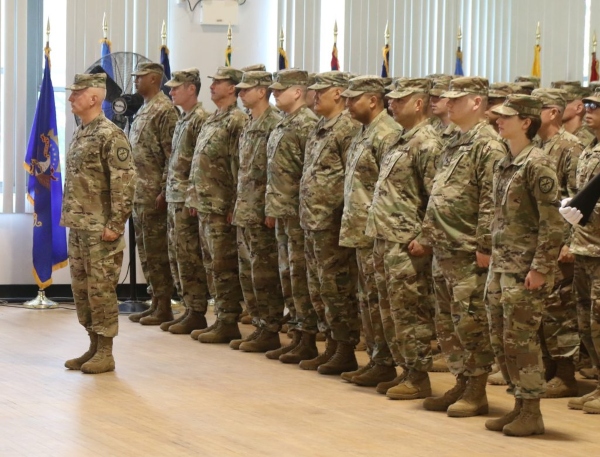
Both the Army National Guard and Air National Guard are expected to follow the same physical standards and moral character as “full-time” active-duty recruits in their respective branches.
Therefore, much of the same language in terms of what is allowed for physical presence in the U.S. Army and U.S. Air Force also applies to the National Guard.
The National Guard mandates that all applicants for service are screened for tattoos based on the Wear and Appearance of Army Uniforms and Insignia, AR 670-1.
Consequently, the National Guard tattoo policy is very similar to the policy set forth by the U.S. Army.
It’s also vaguely similar to the Air Force tattoo policy, although that branch is considered a bit more strict on what they do and do NOT allow, and the Air National Guard follows the Air Force tattoo policy for 2023.
Related Article: Marine Corps Tattoo Policy
Recent Changes to National Guard Tattoo Policy
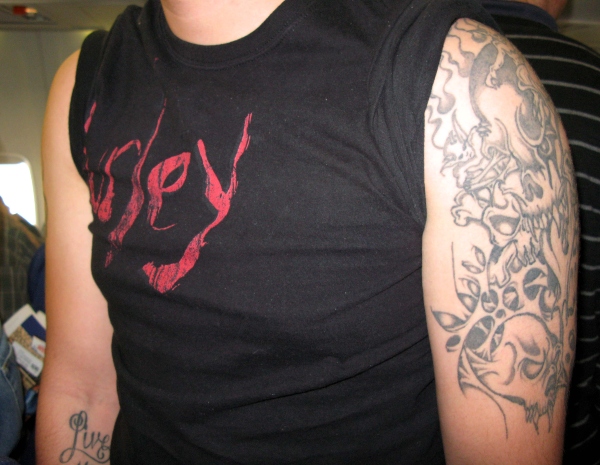
The Army recently adapted its tattoo policy to make it more lenient for recruits since more and more Gen Z adults and Millennials are opting to get some type of body art.
As a result, the National Guard follows the Army tattoo policy in that it allows tattoos on any part of the body aside from the head and face.
There are no longer restrictions on the number of tattoos National Guard members can have on their bodies.
Additionally, the National Guard follows the Army by no longer judging the size of tattoos either.
It is quite a difference from the previous National Guard military tattoo policy which limited the number of tattoos to four.
The previous tattoo policy also prohibited tattoos on the chest, upper arms, torso, and legs – parts of the body that are now authorized.
Finally, the National Guard tattoo policy for 2023 in a nutshell:
- One ring tattoo on each hand is now authorized.
- You can now have one visible tattoo on each hand under 1 inch in size.
- Soldiers are permitted an unlimited number of tattoos between the fingers as long as they aren’t visible when the fingers are closed.
- One tattoo on the back of the neck is permitted if under 2 inches in size.
- Tattoos under 1 inch in size are permitted behind each ear if placed behind the earlobe.
Related Article: Navy Tattoo Policy
What Tattoos Are NOT Allowed in the National Guard?
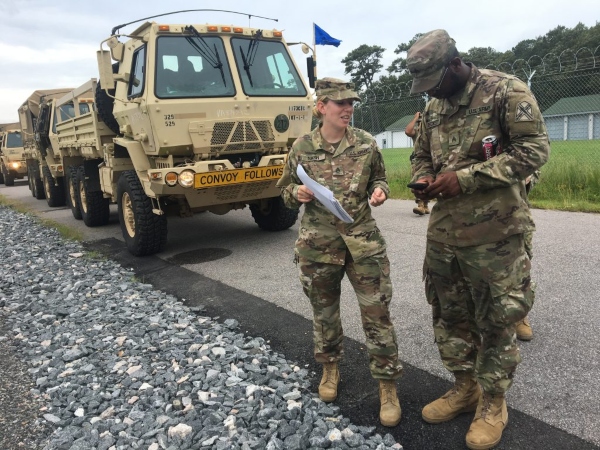
Once again, the National Guard follows the same standards set forth in the Wear and Appearance of Army Uniforms and Insignia manual.
The National Guard has two determining factors for unauthorized tattoos:
1. Location
2. Content of the Tattoo
First, in terms of location, the National Guard tattoo policy has very few places on the body where tattoos are not permitted.
Regardless, the head and face are pretty much off-limits with a couple of exceptions.
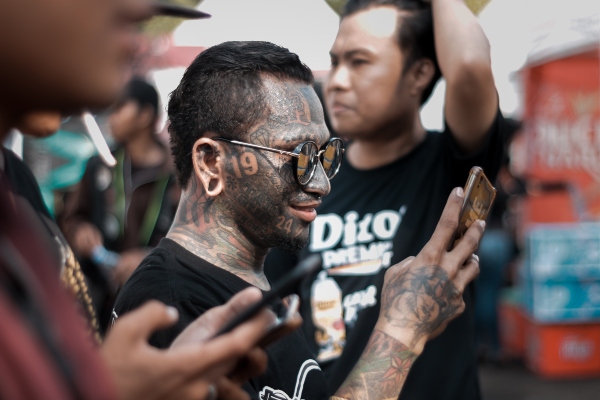
You can find out if you follow the National Guard tattoo policy for 2023 by doing the t-shirt test.
When you put on a t-shirt and look in the mirror, do you see any ink visible above the collar line of the shirt from the front?
If so, you may technically be in violation of the National Guard tattoo policy.
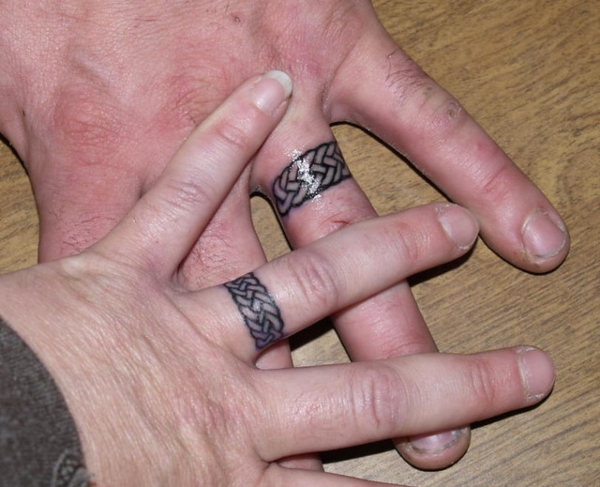
Prohibited National Guard Tattoos
Secondly, the National Guard disallows tattoos that are inappropriate in terms of content.
The National Guard does not authorize, under any conditions, tattoos that are racist, derogatory, sexist, extremist, or indecent.
While the determination that a particular tattoo is offensive is a matter of personal speculation, there are some obvious examples:
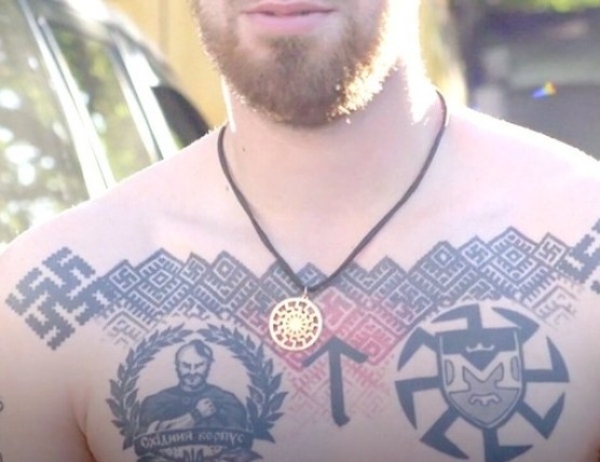
It is also worth mentioning that it doesn’t matter if an offensive tattoo is covered by the uniform or not.
The body art is still not authorized if a commanding officer finds it inappropriate and offensive.
Frequently Asked Questions (FAQ)
Here are some commonly asked questions about the National Guard tattoo policy for 2023:
Related Article: Can You Join The Military With A DUI?
Can you have a full-sleeve tattoo in the National Guard?
The National Guard follows the Army’s stance in terms of full-sleeve tattoos.
The U.S. Army recently changed its policy regarding tattoos on the arms.
You are allowed to have tattoos on the entire arm, tattoos below the wrist bone are limited.
Therefore, a full-sleeve tattoo is allowable in the National Guard based on current standards.
The same is true of sleeve tattoos on the legs since the National Guard now allows body art on that section of the body.
Will the National Guard pay to remove tattoos?
The Department of Defense recently disallowed coverage for tattoo removal.
The only exception is if you are ordered by a commanding officer to remove a tattoo or face disciplinary action.
In that event, the military may provide a clinic and funding for professional removal if there is space at the clinic.
If not, it is up to you to remove ineligible tattoos before considering joining the National Guard.
Why are tattoos prohibited on the face and head?
The National Guard follows the U.S. Army policy for tattoos, which has loosened its regulations and now allows body art on the legs, but limits tattoos on the head and hands.
The stance in the Army and National Guard is comparable to other branches of the military that consider these parts of the body unprofessional for tattoos.
While no tattoos are permitted on the face, a 1-inch tattoo behind one or both ears might technically be considered on the head.
Can you get a waiver for tattoos in the National Guard?
The National Guard will consider granting waivers for tattoos that would otherwise violate its tattoo policy.
There are procedures that a member of the National Guard must take to apply for a waiver, which you can learn more about by speaking to a recruiter.
In general, the National Guard will much more likely approve tattoos that violate placement restrictions compared to content.
The National Guard, like other military branches, traditionally has a zero-tolerance policy on tattoos that are considered offensive.
Additionally, PS/GNPS applications with previously documented tattoos on the neck or hands can get grandfathered in under National Guard guidelines.
The National Guard leaves it up to a Recruiting and Retention Commander (ARC) to make an initial determination on tattoos that may violate the tattoo policy.
Related Article: Coast Guard Tattoo Policy: What IS and ISN’T Allowed?
What other grooming standards does the National Guard have?
Once again, the National Guard follows the same rules and guidelines as the U.S. Army.
The grooming standards expect men and women to be “neat, clean, and well-groomed” in personal appearance.
Common logic follows with standard short haircuts for men and neatly pinned-up hairstyles for women.
Men are not permitted to have beards in the National Guard, but tightly regulated mustaches are allowed.
Body piercings are not allowed for male or female National Guard members.
You can get a more detailed explanation of National Guard expectations by studying Army grooming standards.
Conclusion
The National Guard tattoo policy for 2023 follows the path of the Army tattoo policy.
The guidelines are the same with the ability to appeal or request extensions on a case-by-case basis.
General guidelines include no tattoos on the head or face, with the exception of a small tattoo of less than 1 inch in diameter behind the ear, which could technically be considered on the head.
You also need to make yourself mindful of getting tattoos that are considered racist, derogatory, sexist, extremist, or indecent.
You can get more information about the National Guard tattoo policy by contacting a local recruiter.
Related Article – 3 Steps For Visiting An Army Recruiter Near You
- Replacing Dog Tags: 6 Things You Need to Know - June 28, 2024
- Navy OAR Test Study Guide - June 24, 2024
- 10 Best Sniper Movies of all Time - June 20, 2024

